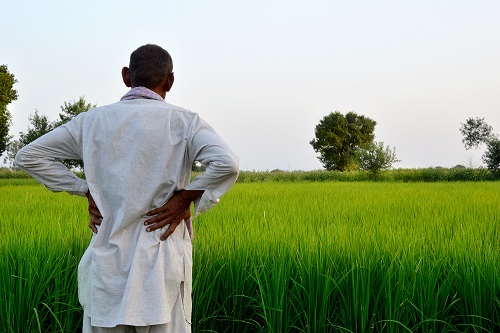India had an above normal monsoon in the last 4 years. Climate phenomena predict an El Nino in 2023. Unfavourably, heat waves are forecast from March to May at 3 to 5 degrees above normal. India will inevitably experience a severe pre- and post-monsoon syndrome that will affect agriculture and pose a health hazard.
Heat waves can cause crop damage and reduce the production of the winter crop in FY23. However, foodgrain cultivated is limited from March to May. Additionally, we are supported by a strong level of reservoirs, timely cultivation, and robust irrigation. Rabi cultivation in FY23 is very good minimising the impact. However, an abnormal increase in temperatures will impact crops, fruits, vegetables, and animals in states especially in the northern region, as reported in 2022. The Union Health Ministry has issued a warning of heat waves from March to May.
El Nino can also affect the Kharif production of FY24. As per the US government’s weather agency, the National Oceanic and Atmospheric Administration, in its February forecast, it predicted that El Nino could return as early as June. As per IMD, El Nino would be at the “neutral level” during the next three months. Its real impact on the southwest monsoon could be assessed only by April, when they provide the first long-term forecast for monsoon.
Now, the point to understand is that the monsoon is crucial for India’s foodgrain production, as around 50% of cropped areas in the country are rainfed with irrigation. Based on 38 years of data from 1977–1978 to 2014–2015, heatwaves and El Nino have an effect on food grain production.
El Nino conditions usually lead to lower-than-normal rainfall and uneven distribution. Accrual of El Nino varies from two to seven years; the average is 3 to 4 years, leading to an 9.7% drop in normal rainfall and a -5.7% fall in kharif foodgrain production. This affects the growth of the agriculture sector, impacting the overall GDP growth of the country. In the last 40 years, India’s GDP growth rate during El Nino periods was 5%, compared to 6.6% during non-El Nino periods. However, this correlation has reduced because of the drop in the share of the agriculture sector in the economy to 14% and the rise of other sectors like services. Sadly, 2/3rd of the population still depends on agriculture.
The fear on rabi production in FY23 is minimum with dependence on the last phase of the harvest. However, cultivation & harvesting in the next three months will have implications like fruits & vegetables, and livestock. A combination of weak rabi production in FY23 and kharif in 2024 can have a serious implication on foodgrain inflation, which is already in the elevated range. The silver lining is that the union government is expecting record output in rabi, despite predictions of crop-damage due to heat in March. Yet, climate analysts say the next couple of weeks are crucial, and spikes in temperature could hurt yields.
The national weather bureau said that there is a high probability of above-normal maximum temperatures over most parts of the country in March, April, and May, warning of heatwaves. The number of states facing frequent heatwaves has doubled to 20 since 2020, according to official data, pointing to the impacts of climate change. The govt. has urged states to keep a vigil on food stocks to control prices and prepare bigger procurement operations to support the farmers and in anticipation of the El Nino effect next year. In those, the most affected sectors will be FMCG, fertilizer, sugar, dairy, and rural consumptions like two wheelers.
First published in The Economic Times








